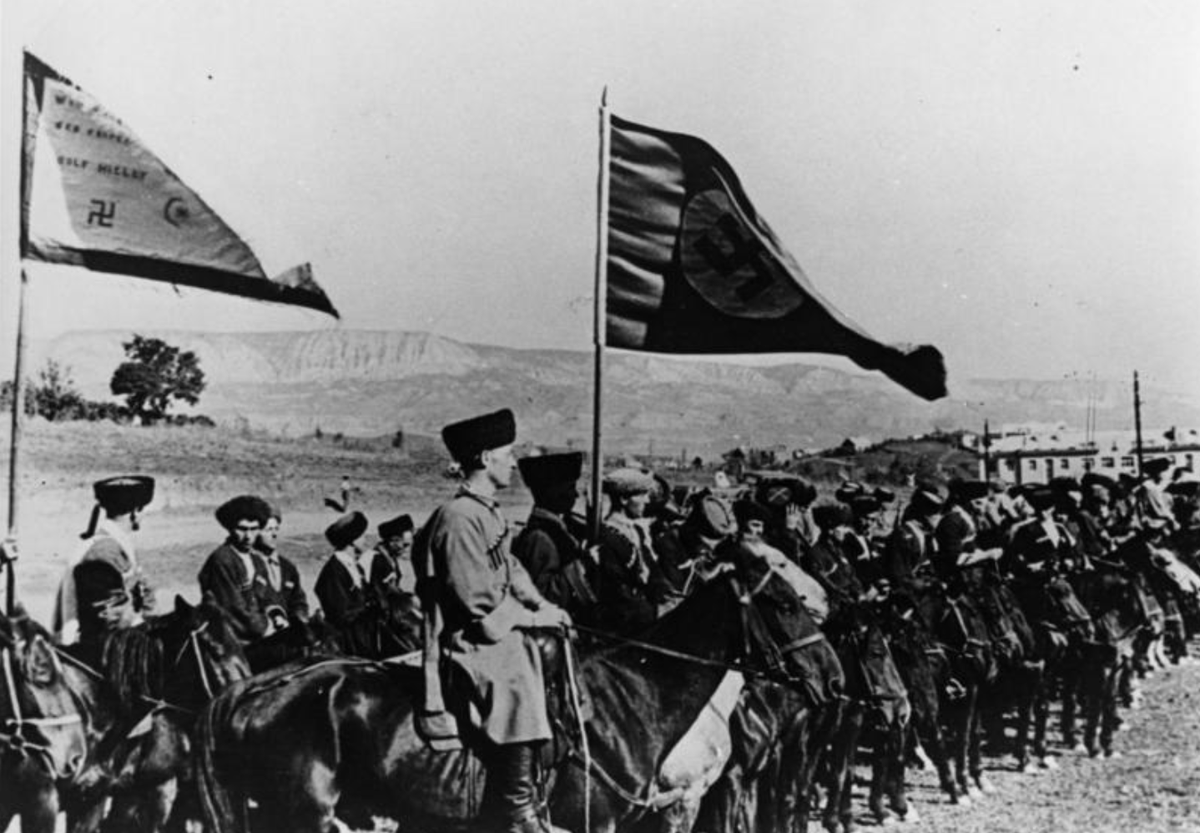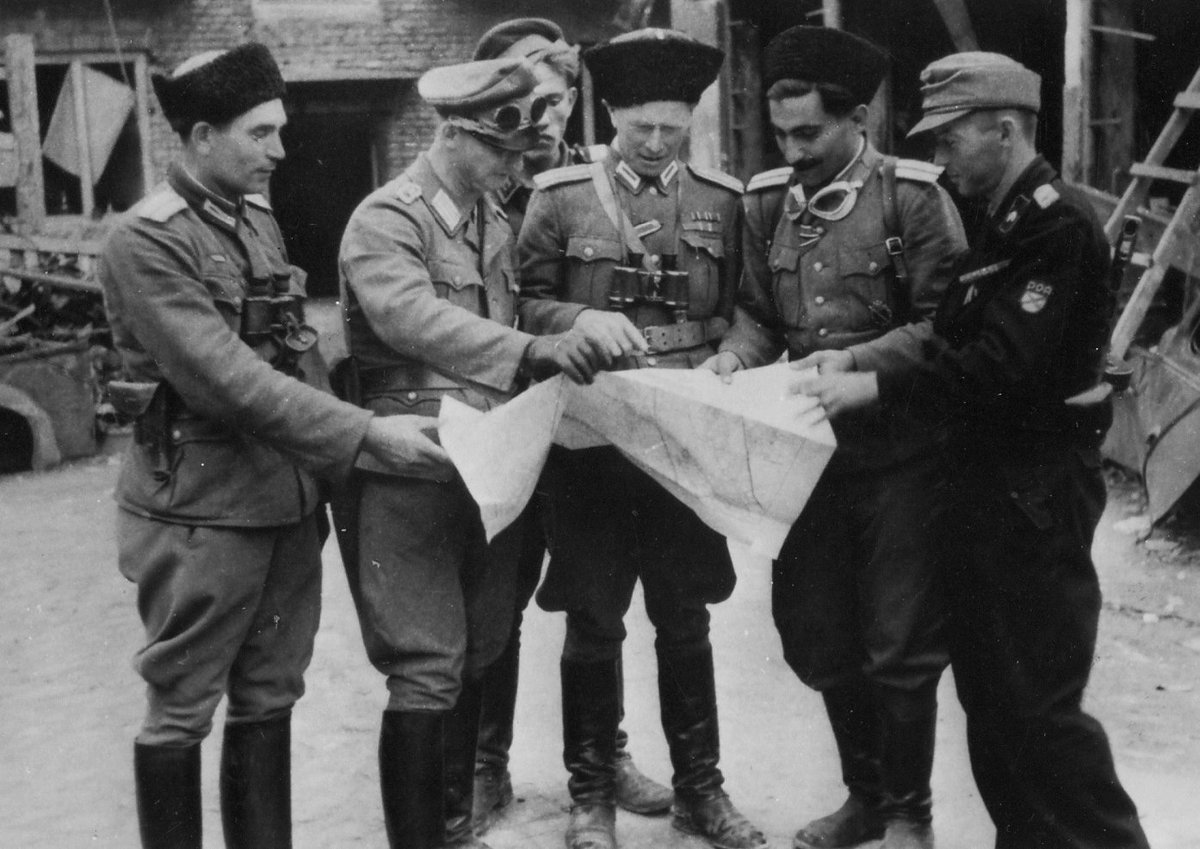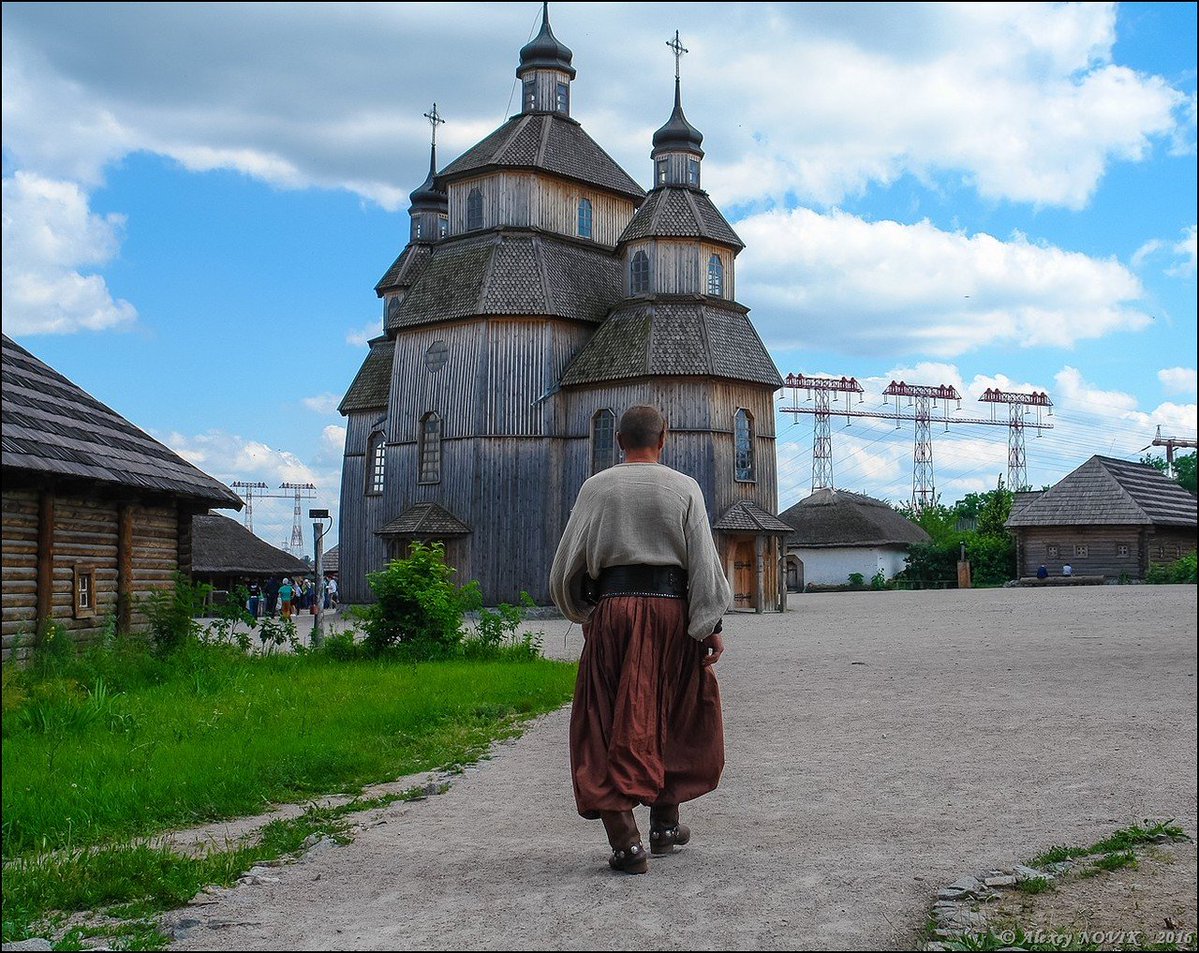🧵FELLAS! STAY AWHILE AND LISTEN! Today, lets talk about a topic that the russians absolutely love - nazi collaborators in World War II. Specifically lets talk about one of the most enthusiastic collaborators, the russians. Their modern flag is quite literally a nazi flag. 1/11




Thousands of Hilfswilliger ("those willing") joined the ranks of the nazis. Unlike other units, russian nazis served directly under German commanders. These russian soldiers were predominantly made up of surrendered or deserting troops of the red army. 2/11 

Initially, Hitler did not want russian troops, however after lobbying by Andrey Vlasov and discussion with Himmler, in 1944 the Russian Liberation Army (ROA) was formed. While serving, the ROA spread anti semetic propaganda urging the fight against the "jewish bolsheviks" 3/11




The ROA fought in the battle of Normandy on D-Day. And by fight I mean promptly surrender upon the arrival of the allied forces on the beach. 4/11 

There were other russian nazis, including XVth SS Cossack Cavalry Corps of General Helmuth von Pannwitz. This unit consisted of russians that originated from lands originally inhabited by cossacks - both misappropriating Ukrainian history and fighting with nazis. 5/11 

There was also the Waffen-Sturm-Brigade der SS RONA (Kamnsky Brigade) which fought against Polish resistance fighters in the Warsaw Uprising. The unit was eventually dissolved after Slovakian battles. Their inability on the battlefield was duly noted by commanders. 6/11






But here is one that the russians dont like talking about, 30th Waffen Grenadier Division of the SS. This unit was formed out of Ukrainian, Belarusian and russian troops in July 1944. The division was sent to Vesoul, France in August 1944. 7/11 

Immediately on arrival, all of the Ukrainian members lead by Major Lev Hloba started a mutiny against the unit. None of the Ukrainian members supported nazism and heroically fought against the division. They managed to capture several weapons and ammunition. 8/11 

These Ukrainians defected to the French and were inducted into the French Foreign Legion as the 1st and 2nd Ukrainian Battalions. Many were later amalgamated into the 13th Demi-Brigade of Foreign Legion. 9/11 

The russians of the 30th Waffen stayed loyal to the nazi cause and in September 1944 committed several war crimes against the French people in Étobon, France. The unit later was disbanded and the russians joined the ROA. 10/11 

Moral of the story - don't cherry pick history. World War II is complicated. Lets make one thing clear. Russia is evil today, not only because of its nazi past, but because of its actions and war crimes today. Bringing up out of context history wont whitewash that. 11/11
• • •
Missing some Tweet in this thread? You can try to
force a refresh
























